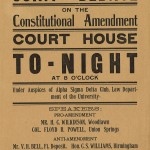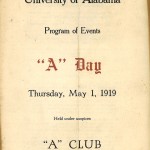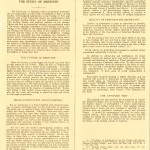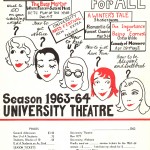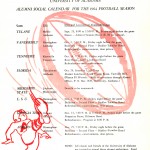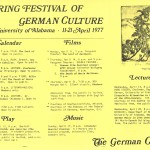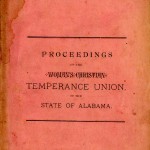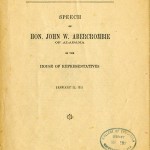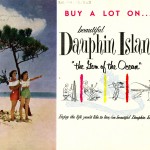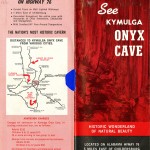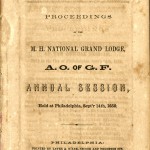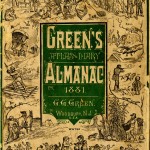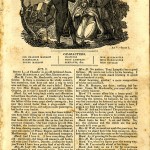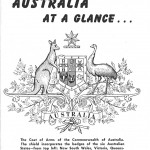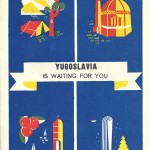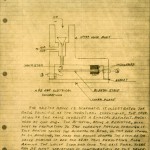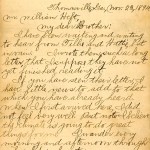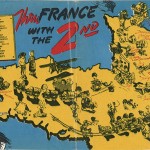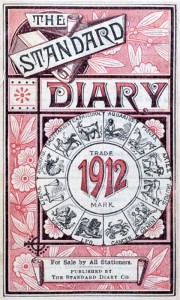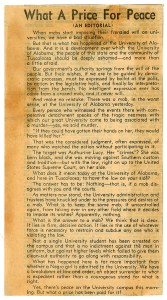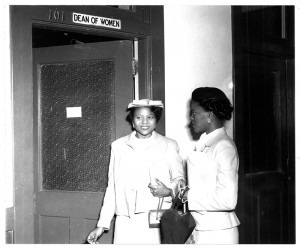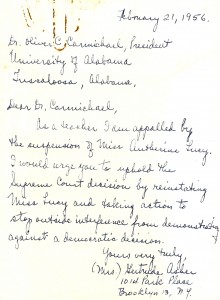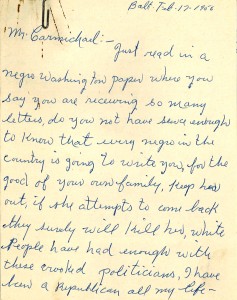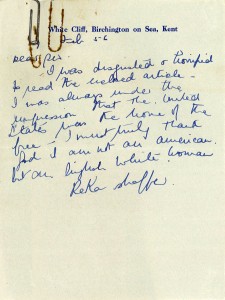When Digital Services was asked to provide images for an upcoming book on longtime donor Wade Hall’s amazing array of archival collections, most of the requests were fairly standard: book covers, documents, and photos. Even the occasional 8-Track box or daguerreotype wasn’t all that far afield from the usual digitization lab fare. What was totally out of our realm of experience, though, was the quilts.
A couple of weeks ago, Jeremiah and Claire temporarily turned the office into a photo studio in order to capture images of seven very different pieces from the the Wade Hall and Gregg Swem American Quilts Collection. Jeremiah is our digital photography guru and Claire is herself a quilter, so they made a good team. Here’s what they reported about the quilts themselves and the process they used to shoot them.
The Quilts
As in the case of many Wade Hall collections, we don’t have a clear provenance for most of these items, but a lot can be deduced by examining them — if you know what you’re looking at. Luckily, Claire does!
Technically, all seven blankets they photographed aren’t strictly quilts. Two are woven textiles. The one in red and cream checkerboards and stripes (left) was made on a small loom, probably at someone’s home. Claire pointed out that you can see where multiple strips of the woven material were sewn together to create the full blanket.
Another woven blanket (in salmon, blue, and teal, above) was apparently made on a larger loom, given that it isn’t pieced from strips. It may not have been super mass manufactured, though. One corner of the blanket shows a name and location, maybe that of the weaver or the intended recipient, suggesting that it was done on commission, perhaps even locally to its owner.
The other five blankets are definitely quilts. What makes them different? According to Quilting-in-America.com, a quilt is “a textile sandwich consisting of two pieces of fabric with a filling between them. The upper layer, or top, is decorative. The bottom, or backing, is usually, but not always, rather plain. The filling, or batting, provides the warmth and loft” (source). That top generally consists of smaller pieces that have been sewn together.
However, the first one they shot, in red and white (right), employs a lot of applique. This is a technique where smaller pieces of fabric are sewn onto a large piece of fabric, rather than cobbled together to form the top. It’s easy to see that the red has been done this way, but if you look closely, there are also white elements appliqued to the white background.
Two of the blankets are crazy quilts, so called because they are pieced together from irregular scraps and can look rather chaotic, a mix of colors, textures, and shapes. One is done in satins and silks, and it has a dagged edge, resembling the pointed or leaf-shaped edge you would be most likely to see in medieval costumes.
While most of the quilts they photographed were quilted in the typical manner, with lines of stitches holding together the top, batting, and backing, one of the crazy quilts (left) is tied. In tied quilting, the simplest way of holding the layers together, yarn or thread is pulled through at intervals and knotted. In the case of this particular quilt, the ties are bright red, so Claire said they were likely meant to be decorative, not just functional.
The tied crazy quilt also features embroidery, not a quilting technique so much as a general way of using ornamental stitches to add decoration to fabric, in this case the quilt top. Embroidery is used on several of the blankets, but it’s used to particularly striking effect in the hand quilted yellow and white name quilt (right). It is made of 30 large squares, nearly identical except that each has a different set of names embroidered into it. This may indicate they were done by several different people and combined into one blanket. After all, quilting has traditionally been a type of communal work, with many hands contributing to a finished product.
Even in this day and age, when there’s not the same desperate necessity of shared labor, quilters tend to be community oriented. One of the most well-known American quilting communities is Gees Bend, in Wilcox County, Alabama. Its roots go back generations. A modern Gees Bend quilt with a Halloween motif (left) was among the pieces they photographed. Like most quilts, it has a label, in this case indicating not only the maker’s name but also additional information about where it came from and who it’s for. For more on this quilt, check out a classic post from our sister blog, Cool@Hoole.
The Photo Shoot
While Jeremiah has had to take down the mounted camera and use it to shoot framed objects, he’s never captured any of the collections’ textiles. Fortunately, the technical aspects of the process were relatively straightforward. The bigger challenge was often in wrangling the quilts themselves.
The setup was deceptively simple: each blanket was draped over a borrowed quilt frame and shot against a black drop cloth. One of our cameras, a Canon EOS 5D Mark III, got a vacation from its usual downward-facing mounting and was set up on a tripod. Traveling along with it were the lights, which had to be rearranged quite a bit to get the right effect.
To know how to present each quilt — whether as a full piece or to focus on some component like a motif, edge, or label — we needed to know why it was chosen. After consulting the book’s rough draft, Jeremiah and Claire worked out what would make the most sense to illustrate the writer’s ideas. Still, there were judgment calls. Old textiles can be stained or have holes. Does one photograph the cleanest area or the most representative? Sometimes, those aren’t the same thing. Or take this woven piece:
Which is the “right” side — with the cream color as the background, or with the cream color as the contrast? In the end, they photographed it both ways.
There were only a few technical challenges. The satin and silk crazy quilt (left) was difficult to properly light because it was so shiny, with each fabric piece picking up and reflecting light. Without some intervention, this shine added up to a very bright image. To combat this, Jeremiah adjusted the polarizing filter on the lens to block out the light coming from certain directions, bringing the overall image into a proper exposure.
The Halloween quilt (right) was also challenging, but for a different reason. Something about that particular tone of bright orange was outside of the camera sensor’s comfort zone. For the wide shot of the blanket, Jeremiah had to make a few adjustments in Photoshop to get things under control. For the closeup shot, they were able to use one of our everyday mounted camera setups. The Canon EOS 6D’s sensor apparently doesn’t mind that shade of orange.
Good Results, Sore Muscles
On the whole, the process was pretty successful, if not a bit tiring. Jeremiah admitted that the height of the quilt frame was made for display, not for photography, so the tripod — and the photographer! — had to be set rather low in order to keep things centered and level. Claire reported that quilts are a lot heavier than they look, especially when you have to handle them all day and sometimes lift them over your head!













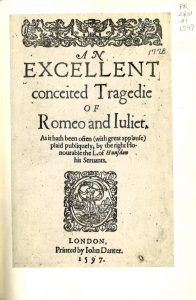
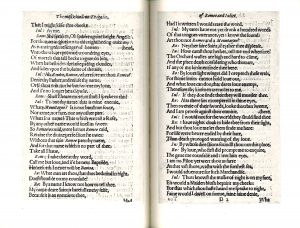
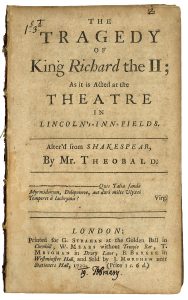


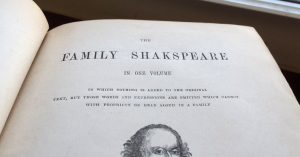
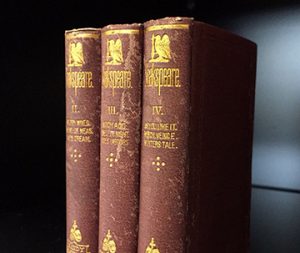
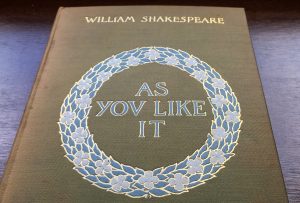
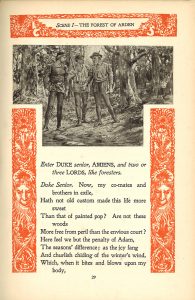
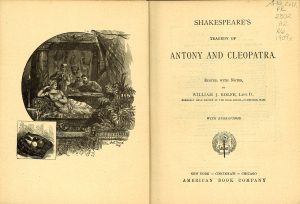
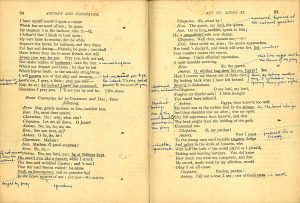
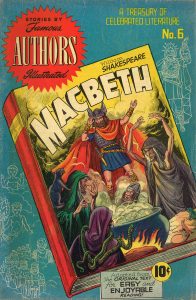
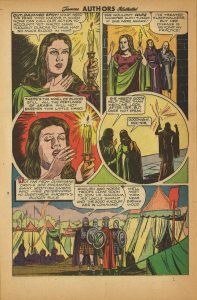

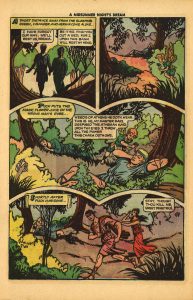
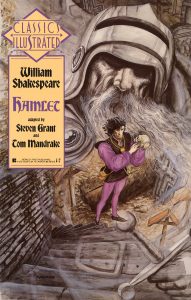

 If you don’t know the name Bill Martin Jr., you probably know the name of his most famous book, Brown Bear, Brown Bear, What Do You See?, illustrated by Eric Carle (The Very Hungry Caterpillar.) Just two years after that book was published, Martin spoke at an education conference at UA, the audio of which has recently been digitized as part of the
If you don’t know the name Bill Martin Jr., you probably know the name of his most famous book, Brown Bear, Brown Bear, What Do You See?, illustrated by Eric Carle (The Very Hungry Caterpillar.) Just two years after that book was published, Martin spoke at an education conference at UA, the audio of which has recently been digitized as part of the 